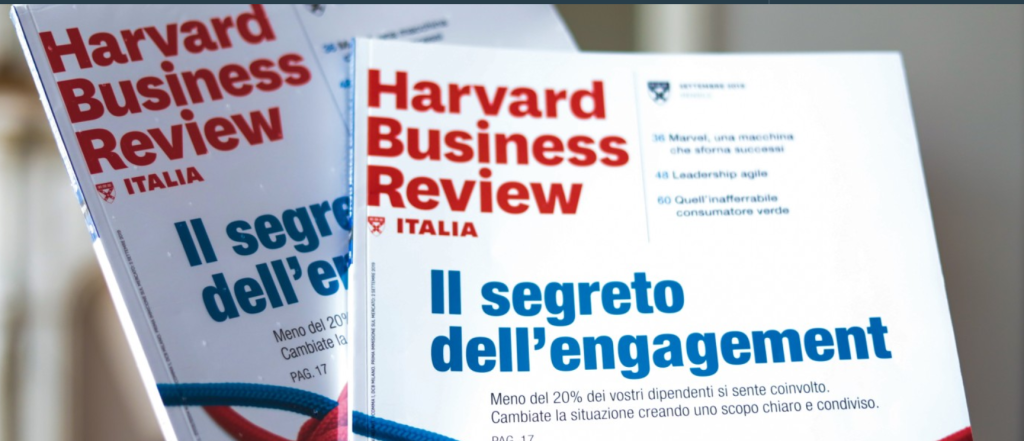In the ever-evolving landscape of corporate strategies, the decisions related to sales channels can have a profound impact on a company’s fortunes. As evidenced by the divergent market reactions to Nike’s and Tesla’s distribution strategy changes, managing distribution channels is far from straightforward. In this article, we will delve into a methodology that has been employed successfully by multinational corporations and consulting firms to scientifically manage sales channels, often resulting in double-digit increases in enterprise value.
Understanding the Potential: Sales channels are the conduits through which products or services travel from producers to end customers. These channels can be categorized as either “direct” or “indirect,” involving various interconnected actors. To optimize this journey, companies establish agreements that define commercial conditions and incentives. These incentives, typically in the form of discounts and rebates, can significantly impact profitability and enterprise value by bridging the gap between gross and net sales, often exceeding operational costs.
BC Partners’ Philippe Schwalber emphasizes the critical oversight by investors in assessing opportunities: ‘Investors often overlook the substantial value hidden within inefficient investment potentials in distribution, referred to as the gross-to-net spreads.’
However, in practice, many companies tend to conform to market norms, fearing the complexities of renegotiating agreements and incentives. This can lead to a disjointed commercial policy, with investments yielding negative returns and missed opportunities, often referred to as “revenue leakages.” In the creation of this article we had interviewed Arturo Zanni, Regional Head of the Pharmaceutical manufacturer Sanofi. Mr Zanni points out that “hesitation often prevails, and companies prefer to maintain the status quo rather than adjust discounts and incentives“.
Defining a Sound Distribution Strategy and Commercial Policy: To establish a coherent distribution strategy and an effective commercial policy, there are four critical steps to consider:
1. Channel Selection: The strategy should align with the go-to-market plan and be based on differentiation logic related to factors like country or customer, product life cycle, and market potential. Differentiation by country, customer, product life cycle, and market potential allows companies to tailor their approach for maximum impact. Daniele Ferrero, CEO of Venchi, illustrates another crucial aspect of the channel strategy showing that each decision must be taken having in mind the overall journey and the market acceptance in order to find the right balance between investments, risks and growth: “There is an inevitable temporal sequence in the use of channels. One always enters a new market with a local distributor, even if well aware of the risks associated with the distance separating the brand and the consumer.“
2. Segmentation, Objectives, and Resource Allocation: Each channel should be segmented, and objectives and resources allocated accordingly. Qualitative parameters, in addition to transactional criteria, should be considered during segmentation. Mr Zanni explains this very clearly: “The agility of the system makes a difference. One must always ask whether the discount is suitable for production capacity and consistent with demand elasticity“.
3. Definition of Commercial Agreements: Commercial agreements should be designed based on the identified objectives for each channel and segment. Understanding the purpose of each condition is crucial to achieving specific goals. Peter Grypdonck, COO of vente-priveé gives a clear strategic view on its company’s value proposition : “Our channel allows brands to leverage pricing in a secure environment. An ideal way to enter a new market.”
4. Financing of Incentives: Allocate resources based on the importance of objectives and expected returns on investment. Define quantitative targets and associated payout levels for incentives, considering factors like discounts, rebates, co-investments, and non-financial conditions*.
Concrete Examples Across Sectors: The application of this methodology varies across different sectors. Let’s explore examples from the luxury, consumer goods, and pharmaceutical industries to illustrate its adaptability:
1. Luxury Sector: In the luxury sector, a simplified approach with fewer incentives and more stringent rules often prevails. Brand protection takes precedence, and co-investments are favored over price reductions.
2. Consumer Goods Sector: In the consumer goods sector, co-investment plays a significant role, with fewer discounts. Contract negotiation is common, emphasizing the importance of partnership.
3. Pharmaceutical Industry: In the pharmaceutical industry, a complex system of financial incentives is employed to maximize “sell-out” and streamline product flow along the supply chain.
In conclusion, adopting a structured methodology for managing sales channels can have a substantial impact on customer satisfaction, market share, and operational margin, ultimately leading to improved financial performance and increased enterprise value. Strategic clarity, meticulous segmentation, well-defined agreements, and optimized incentive structures are key components of a successful approach. By following these principles and tailoring them to the specific characteristics of their industry and market, companies can harness the unexpected power of indirect sales channels for transformative growth.
* Refer to the Eendigo methodology to review the proprietary framework adopted to define the right level of Discounts, Rebates and what Commercial Terms to include in the Commercial Agreement
Read the full article on the “Harvard Business Review”. ed. November 2018
Copyright © 2018 Livio Moretti. All rights reserved. No part of this article may be reproduced, distributed, or transmitted in any form or by any means, including photocopying, recording, or other electronic or mechanical methods, without the prior written permission of the copyright holder, except in the case of brief quotations embodied in critical reviews and certain other noncommercial uses permitted by copyright law


